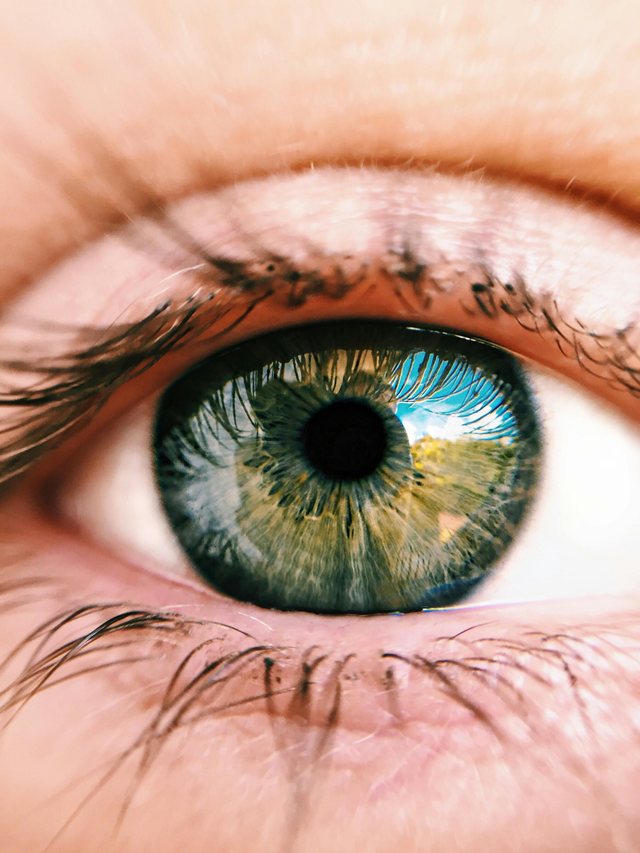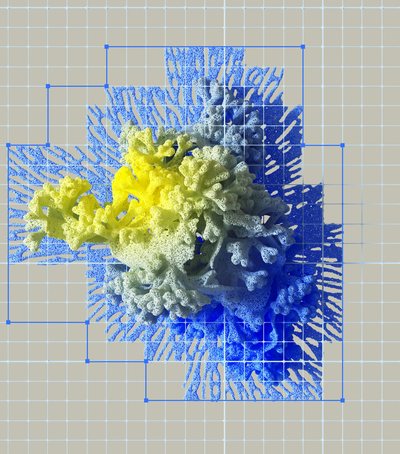
It is often said that the eyes are the windows to the soul, and perhaps this is not just a poetic metaphor. Unlike any other part of the body, the eyes do not change in size from birth to the end of life. From the moment we first open our eyes, they remain the same size, like a permanent window that preserves memories, emotions, and the way we see the world.
This feature has made the eyes the object of worship in philosophy, art, and literature. Plato called them “the gateway to the soul,” while poets described them as a mirror reflecting the deepest feelings of man. Even today, in the age of science and technology, the eye remains a symbol of observation, enlightenment, and consciousness.
Biologically, the eye is a marvel of nature. It contains more than two million moving parts that work in perfect harmony to give us sight, color, and light. However, the outer shell and underlying structure do not enlarge with age. As the body grows, regenerates, and then ages, the eye retains its childhood dimensions, a living reminder of its former self.
This perhaps explains why the gaze has an unusual emotional power. A sincere look can convey more than words, and a lost gaze can reveal wounds that even the voice cannot express. Renaissance artists gave absolute importance to the eyes in their portraits, from Leonardo da Vinci's Mona Lisa to Rembrandt's self-portraits because they believed that the soul resided there.
Ultimately, the fact that eyes never age is more than an anatomical detail. It's a reminder that there's something inside us that remains unchanged no matter the years: the way we see, the way we feel, and the way we experience the world. So perhaps it's no coincidence that every cherished memory, every true emotion, begins and ends with a look.
Photo by wendel moretti: https://www.pexels.com/photo/close-up-photo-of-person-s-eye-1925630/





